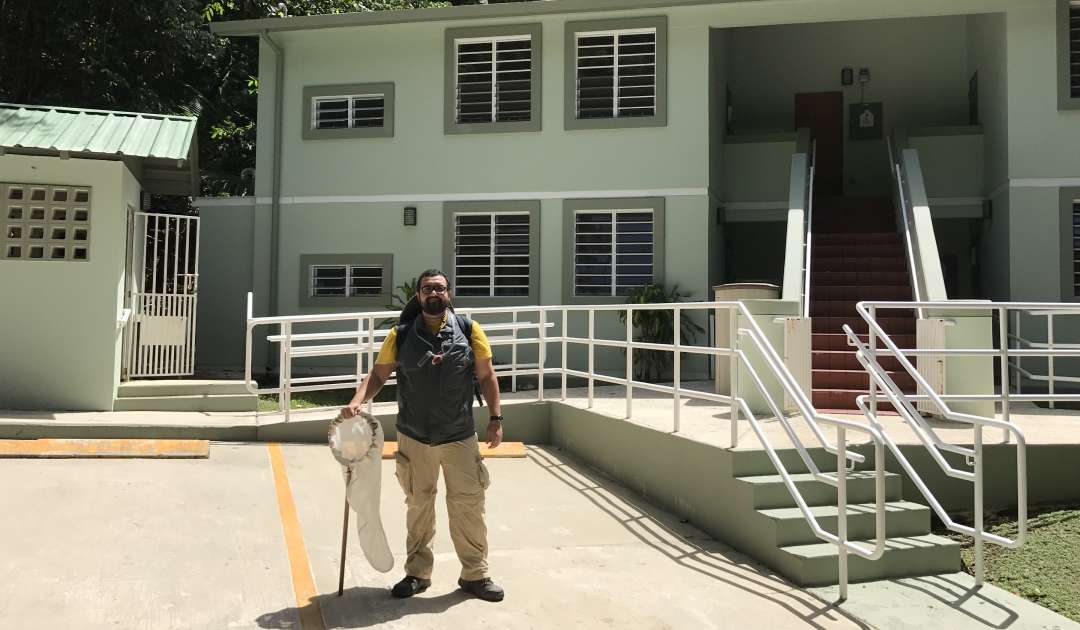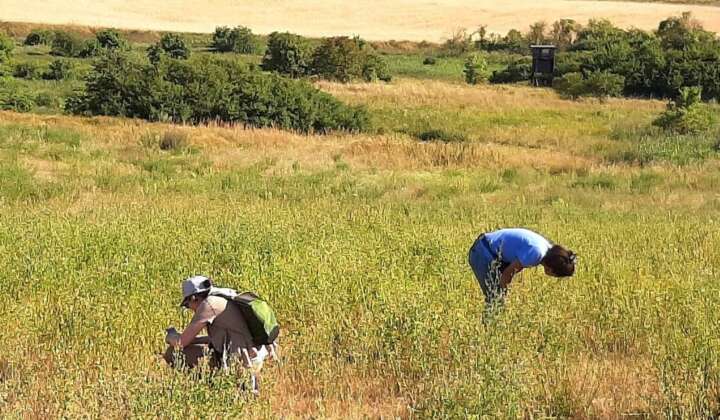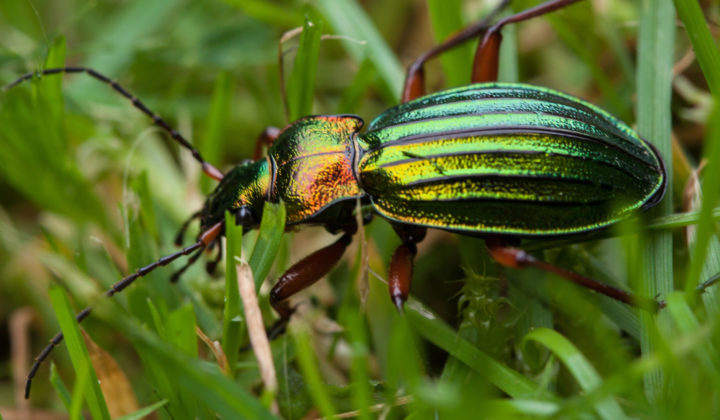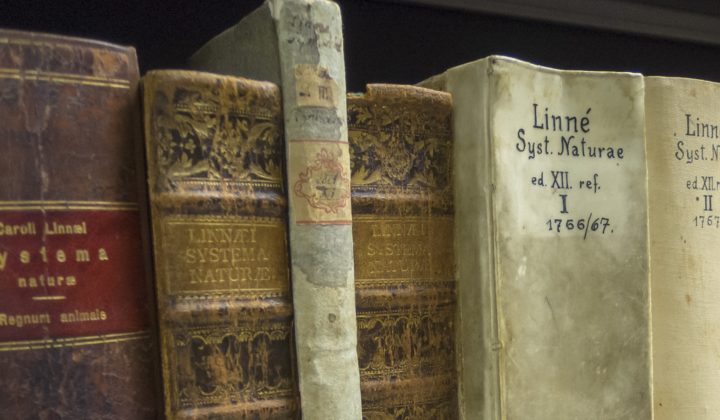Senckenberg German Entomological Institute
Coleoptera Research
At the Coleoptera Research group on SDEI we address a variety of questions in the fields of systematics, evolutionary and conservation biology. Our research projects employ phylogenomics, morphological, and collections-based data in a hypothesis-driven approach to understand the processes generating species diversity on beetles, especially on net-winged beetles, fireflies, glowworms, soldier beetles and click-beetles and other Elateroidea beetles.
We are always looking for highly motivated undergraduate, graduate students, and postdocs. You are welcome to get in touch for collaborations or for the development of synergistic research projects.
Our research program includes four primary areas of interest:
(1) The taxonomy and higher-level phylogenetics of Elateroidea beetles, with an emphasis on Lycidae and Lampyridae of the West Indies and Neotropical region.
(2) The role of paedomorphosis in shaping beetles phenotypes: evolutionary mechanisms and morphological consequences.
(3) The use of natural history collections as resources for understanding biodiversity loss.
(4) Digitization of the SDEI beetle collection.
More information to be announced.






